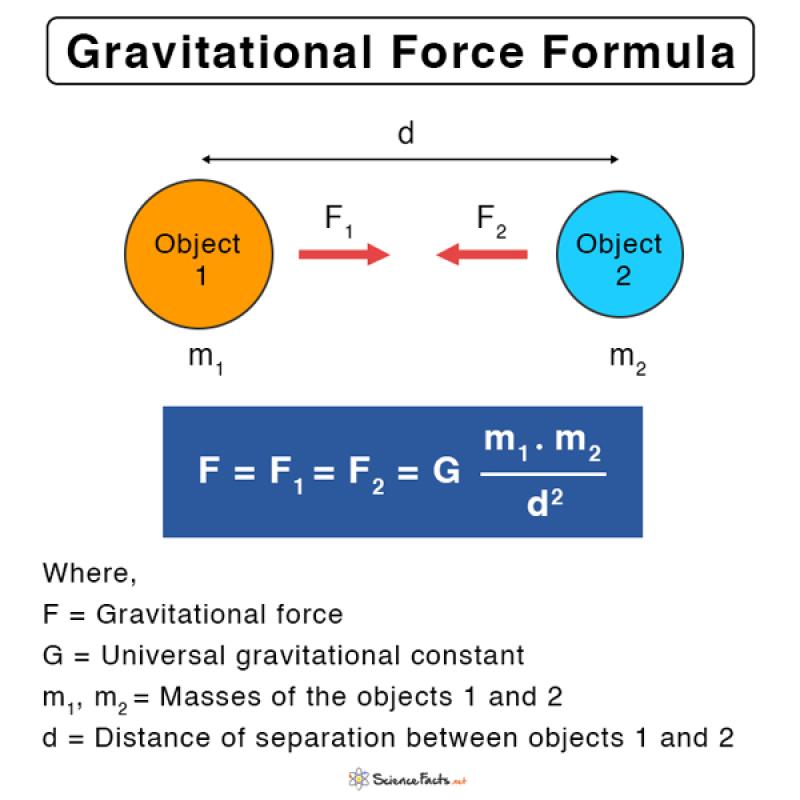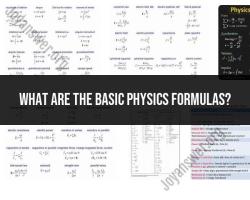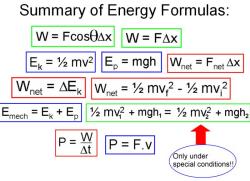What is the formula of force?
The formula for force is derived from Isaac Newton's second law of motion and is typically expressed as:
F = m * a
Where:
- F represents the force applied to an object, typically measured in newtons (N).
- m is the mass of the object, typically measured in kilograms (kg).
- a is the acceleration of the object, typically measured in meters per second squared (m/s²).
This formula states that the force acting on an object is equal to the product of its mass and the acceleration it experiences. In simpler terms, it explains that the force applied to an object is directly proportional to the mass of the object and the rate at which its velocity changes (i.e., acceleration).
Newton's second law of motion, which is encapsulated by this formula, is one of the fundamental principles of classical physics. It provides a foundation for understanding how forces affect the motion of objects and is used to analyze and predict the behavior of various physical systems, from everyday scenarios to complex engineering and scientific applications.
The Formula of Force in Physics: Unveiling the Equation
In the realm of physics, force stands as a fundamental concept, representing an interaction capable of altering an object's motion. It plays a pivotal role in a vast array of phenomena, ranging from the majestic movements of celestial bodies to the everyday interactions of objects within our immediate surroundings. Understanding the formula for force in physics is paramount to comprehending and predicting these phenomena.
The formula for force in physics stems from Newton's second law of motion, which asserts that the acceleration of an object is directly proportional to the net force acting upon it and inversely proportional to its mass. Mathematically, this relationship is expressed as:
F = ma
Where:
- F represents the net force acting on the object, measured in Newtons (N)
- m represents the mass of the object, measured in kilograms (kg)
- a represents the acceleration of the object, measured in meters per second squared (m/s²)
This formula highlights the intricate interplay between force, mass, and acceleration. It implies that a greater force is required to accelerate a more massive object, and conversely, a less massive object will experience a more pronounced acceleration for a given force.
Newton's Second Law: Exploring the Formula for Force
The formula for force in physics is not merely a theoretical concept; it serves as a practical tool for tackling real-world problems. Its applications span various fields of physics, including mechanics, electromagnetism, and gravity, enabling the analysis and prediction of object motion.
For instance, in the realm of mechanics, the formula is employed to calculate the force necessary to move an object with a given mass and acceleration. It is also utilized to analyze the forces acting upon objects in equilibrium, such as buildings and bridges.
Within the domain of electromagnetism, the formula is employed to determine the force between electrically charged particles. It plays a crucial role in understanding the behavior of atoms, molecules, and electrical circuits.
In the realm of gravity, the formula is used to calculate the gravitational force between objects with mass. It is essential for comprehending the motion of planets, stars, and galaxies.
Calculating Force in Physics: The Fundamental Equation
The formula for force in physics is directly derived from Newton's second law of motion, which constitutes one of the three fundamental laws of classical mechanics. These laws, formulated by Sir Isaac Newton in the 17th century, revolutionized our understanding of motion and laid the foundation for modern physics.
Newton's first law, also known as the law of inertia, states that an object at rest will remain at rest, and an object in motion will continue in motion with a constant velocity, unless acted upon by an external force.
Newton's second law, as discussed earlier, describes the relationship between force, mass, and acceleration. It provides a quantitative measure of force and explains how forces affect the motion of objects.
Newton's third law, the law of action and reaction, states that for every action, there is an equal and opposite reaction. This law emphasizes the reciprocal nature of forces and explains the interactions between objects.
Conclusion
The formula for force in physics stands as a cornerstone of our understanding of the physical universe. Derived from Newton's second law of motion, it provides a powerful tool for analyzing and predicting the motion of objects across various fields of physics. By embracing this formula, we gain a deeper appreciation for the intricate forces that shape our world.











